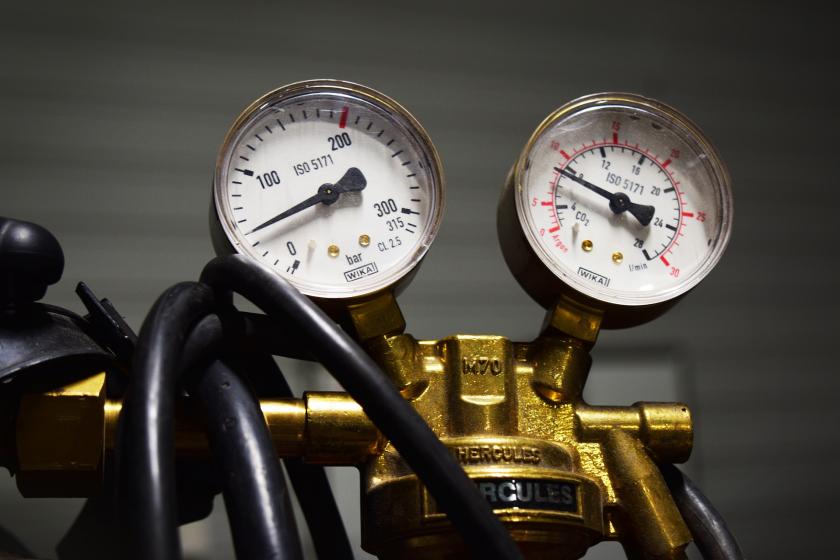
09.02.2023
The gas and hydrogen storage association Initiative Energien Speichern (INES) has published the February update of its monthly gas scenarios for Germany. The scenarios consider the gas supply in Germany in the winter of 2022/2023 in detail and the refilling of the storage facilities before the winter of 2023/2024. Despite lower consumption savings, Germany will get through the rest of the winter 2022/2023 well.
Consumption savings in January 2023 have decreased compared to December 2022. However, the scenarios show that Germany will still get through the winter well under the specified model parameters. Even at extremely low temperatures, there is no gas shortage in Germany. The ongoing savings in consumption are relevant to the positive outlook.
Basically, the January update of the INES scenarios shows that another extensive filling of the gas storage facilities before winter 2023/24 is physically possible. Whether the existing potential for filling can also be used cost-efficiently depends on the legal and regulatory framework. To ensure that the filling level specifications are reached in a reliable and cost-efficient manner, INES recommends further developing the existing gas options and using them more intensively.
INES Managing Director Sebastian Bleschke comments: "Although the savings in consumption fell in January compared to December, we do not have to fear a gas shortage. However, the ongoing savings in consumption remain relevant, especially with a view to refilling the gas storage tanks in the summer, and should be maintained as far as possible.”
BACKGROUND ON THE INES GAS SCENARIOS:
Based on the modelling and taking into account current gas storage filling levels three scenarios for the German gas supply in winter 2022/23 and re-filling gas storages before winter 2023/24 have been looked into:
The INES scenarios were first published on 18 November 2022 based on data of October 2022. On 9 December 2022 INES presented an update based on data of November 2022. The January update was released on January 10, 2023, and took into account data of the complete year 2022. The February update presented today runs on data up to and including January 2023.
Further explanations on the INES scenarios and their results are available in German on the presentation slides of the press conference as well as in the documentation of the presentation.
FURTHER INFORMATION: